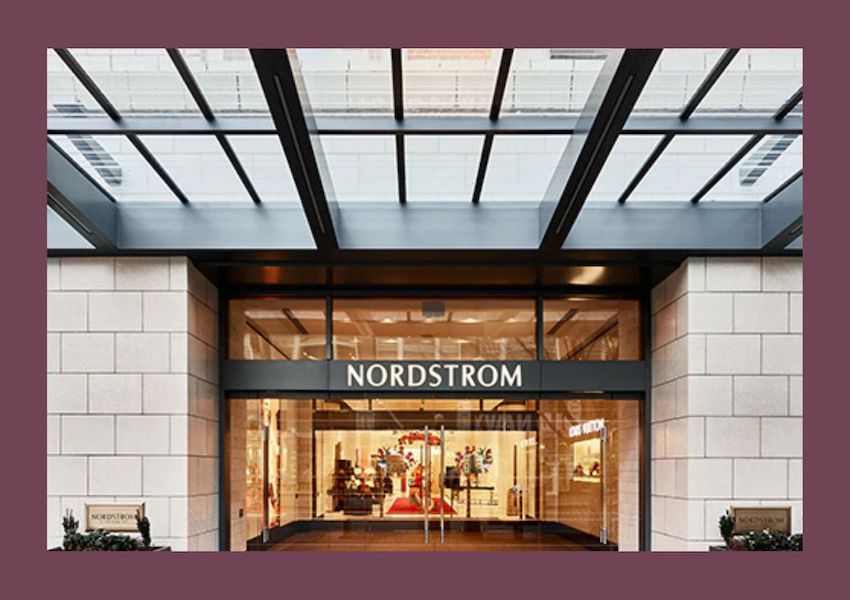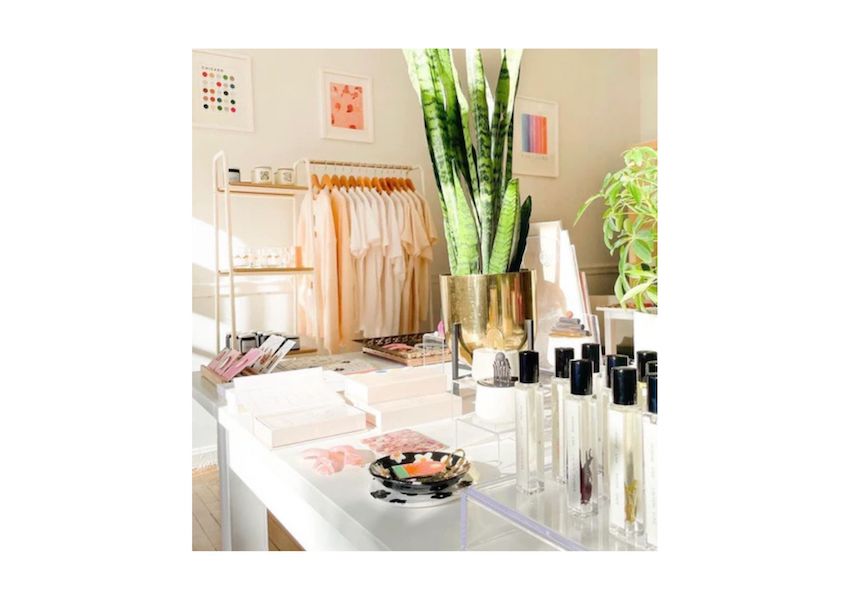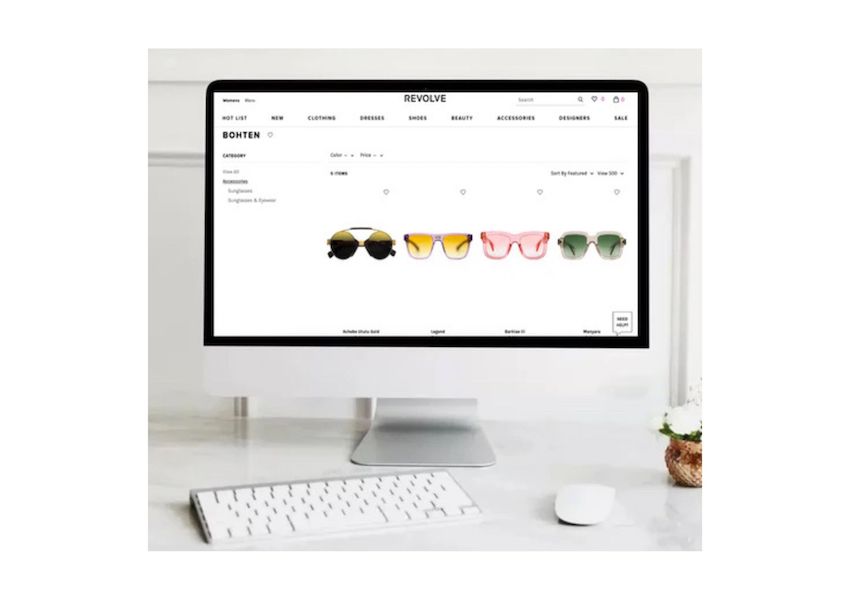How to Identify Retailers That Align With Your Brand

For young and new designers, getting your products into retail stores is a crucial step towards building your brand and reaching a wider customer base. However, it’s important to find retailers that align with your brand’s values, aesthetic, and target audience.
Identifying retailers that are right for your brand is one of the first steps for successfully expanding your reach and establishing your presence in the market. By thoroughly researching and evaluating potential retailers, understanding their criteria and goals, and crafting effective pitches, you can connect with the right retail buyers and secure stockists that will help elevate your brand. Building relationships and maintaining open communication are key to establishing long-term partnerships with retailers.

Identifying the right retailers
Research: Conduct thorough research to identify retailers that cater to your target market and share a similar brand ethos. Consider factors such as their size, location, customer demographic, brand positioning, and overall aesthetic. To broaden your search look into brands that are similar to yours, and the retailers they are stocked in. Assess whether the retailer’s aesthetic, values, and target audience align with your brand. Look for a synergy that will create a cohesive partnership and resonate with customers.
Look for niche retailers: Explore smaller, specialty boutiques that cater to a specific niche or have a focus on emerging or diverse designers. These retailers often appreciate unique and independent brands and can offer a great platform for exposure.
Online marketplaces: Consider online marketplaces that align with your brand, as they provide access to a larger customer base and have a diverse range of retailers that might be interested in your products.
Evaluating the retailer’s criteria
Check the requirements: Once you’ve identified the retailers that will align with your brand you need to begin familiarizing yourself with the requirements that will need to be fulfilled to work with them. Requirements such as packaging, labelling, and certifications are usually unique to each retailer and can trip you up if you have no experience in complying to them.
Price point: Evaluate whether your products matches with the retailer’s price point. Consider whether their customer base is willing to pay for your products and if the retailer can offer the desired margins for your business.
Market reach: Analyze the retailer’s reach and distribution channels. Assess whether they have a strong presence in your target markets and if they can effectively showcase and promote your products.

Understanding the retailer’s goals
Research buyer profiles: Gain insights into the preferences and buying patterns of fashion buyers or retail buyers who work for your target retailers. Understand their tastes, what they look for in brands, and the types of products they typically stock.
Assess the buyer’s assortment: Study the retailer’s current assortment to see if your brand complements their existing product mix. Identify gaps or opportunities where your brand can fill a niche or offer a unique perspective.
Store visits and networking: Attend industry events, trade shows, and fashion weeks to connect with retail buyers. Explore social media and visit physical retail locations to observe the types of products that they carry as well as their overall atmosphere. Building personal relationships and understanding their goals and challenges can help tailor your pitch and establish a connection.
How to pitch to retailers
Prepare a compelling pitch: Craft a concise and engaging pitch that highlights your brand’s unique selling points, target audience, and why your products are a perfect fit for the retailer. Showcase your brand story, quality, and the value you can bring to their customers.
Visual presentation: Create a visually appealing line sheet or lookbook that showcases your products, including high-quality images, clear product descriptions, pricing, and wholesale terms.
Personalize your approach: Tailor your pitch to each retailer and demonstrate how your brand can meet their specific needs and goals. Show that you have done your research and understand their customer base.
